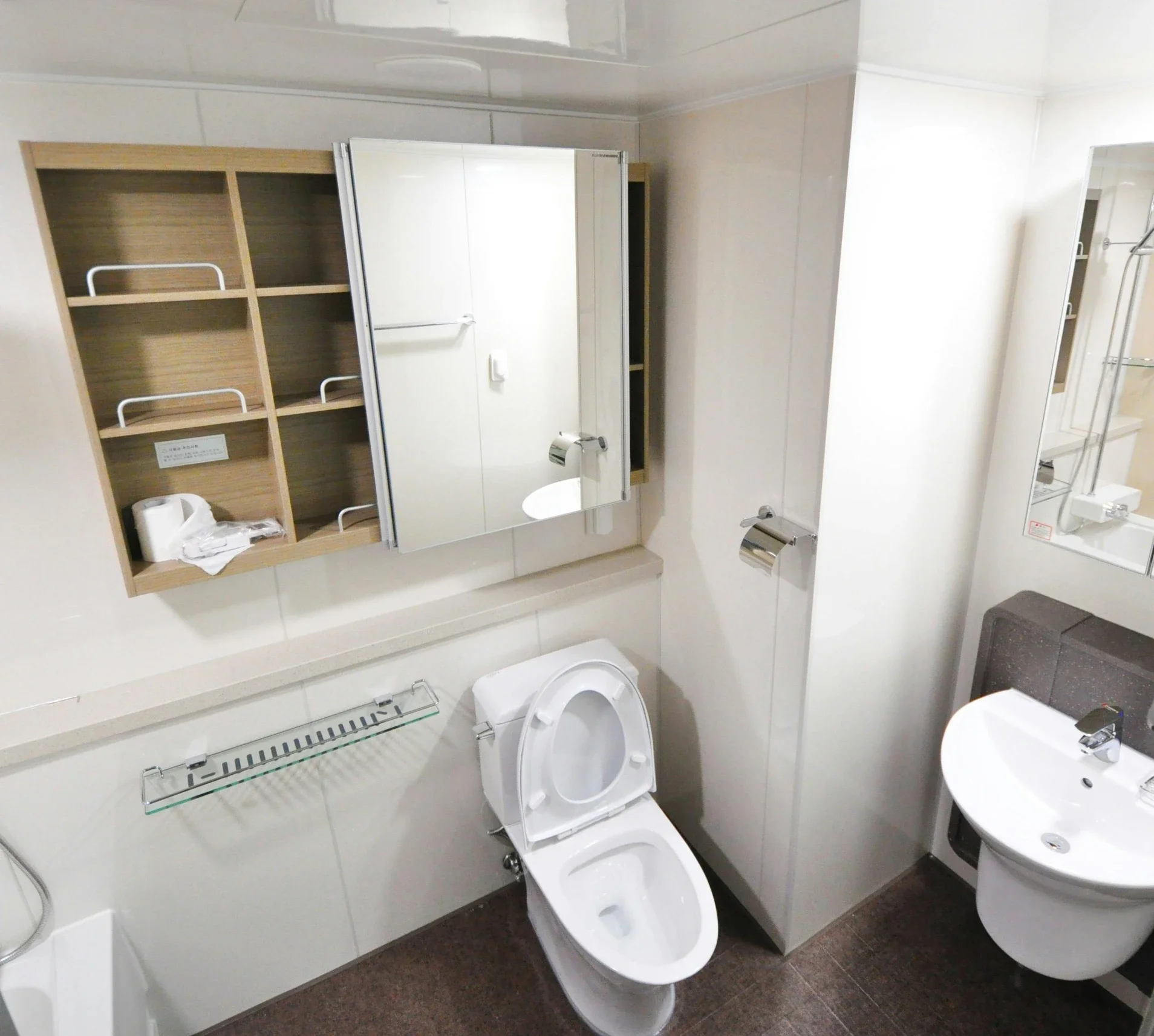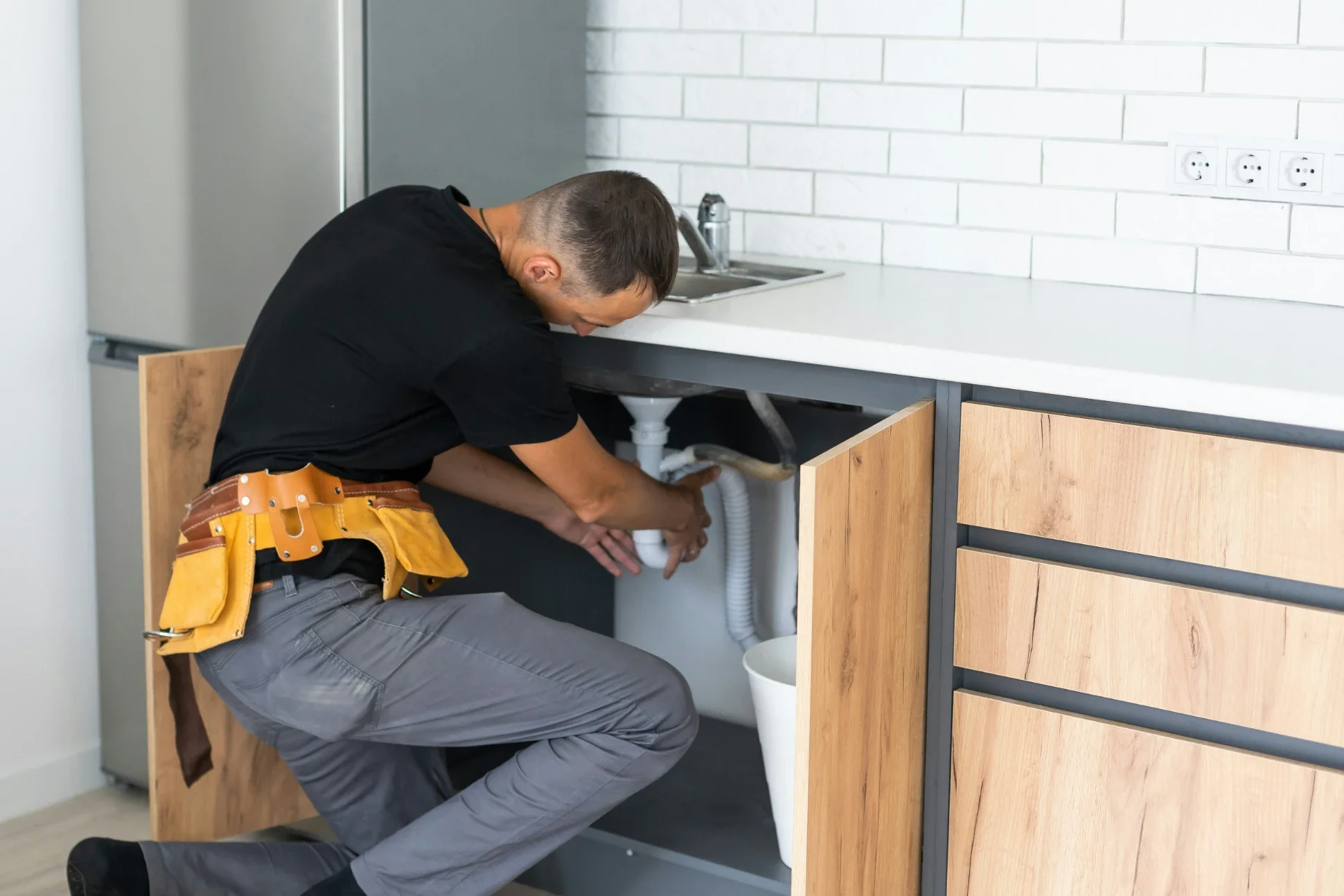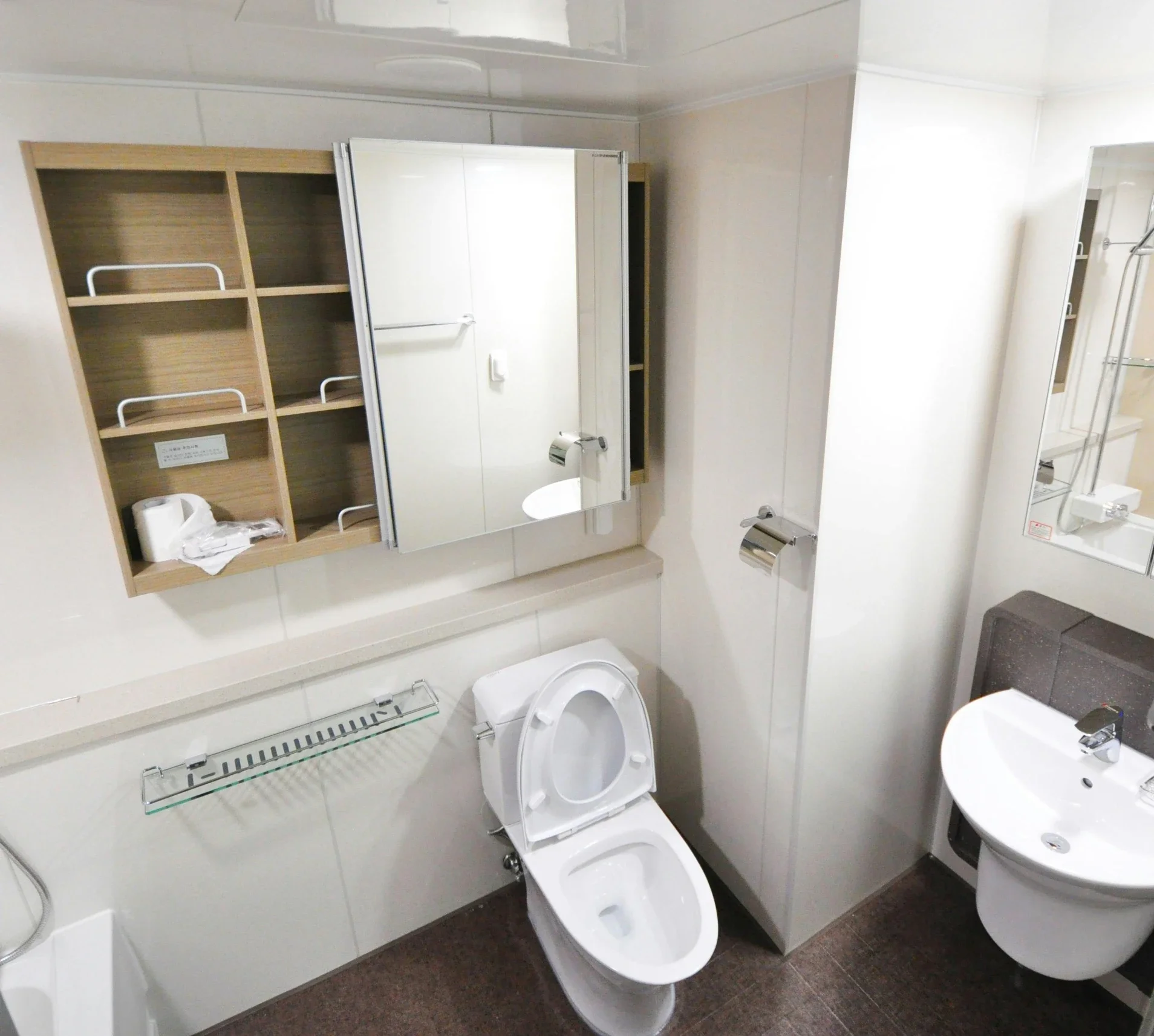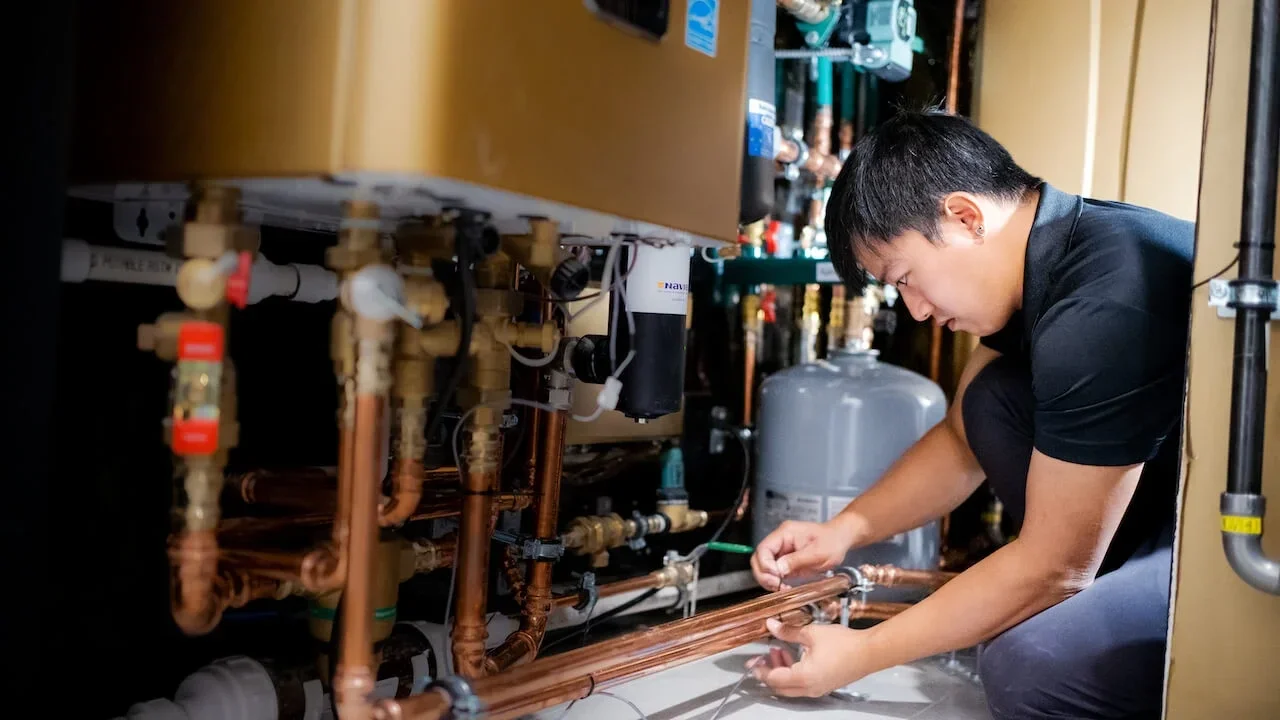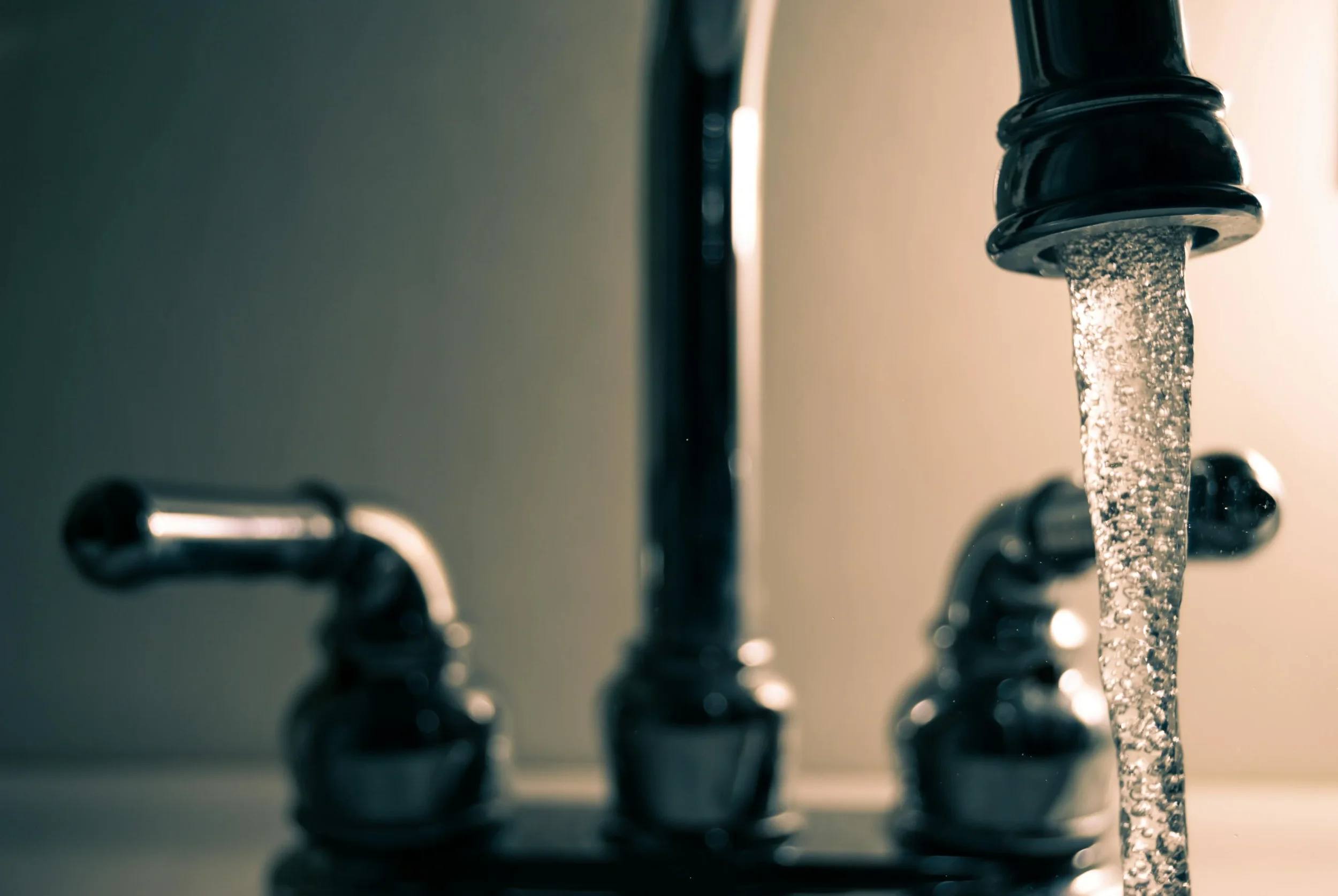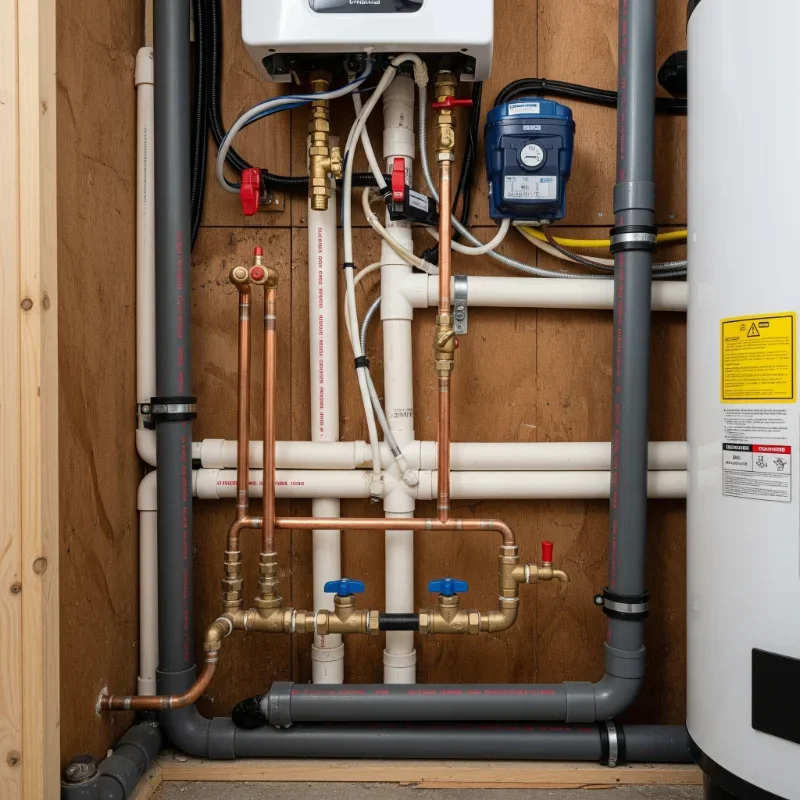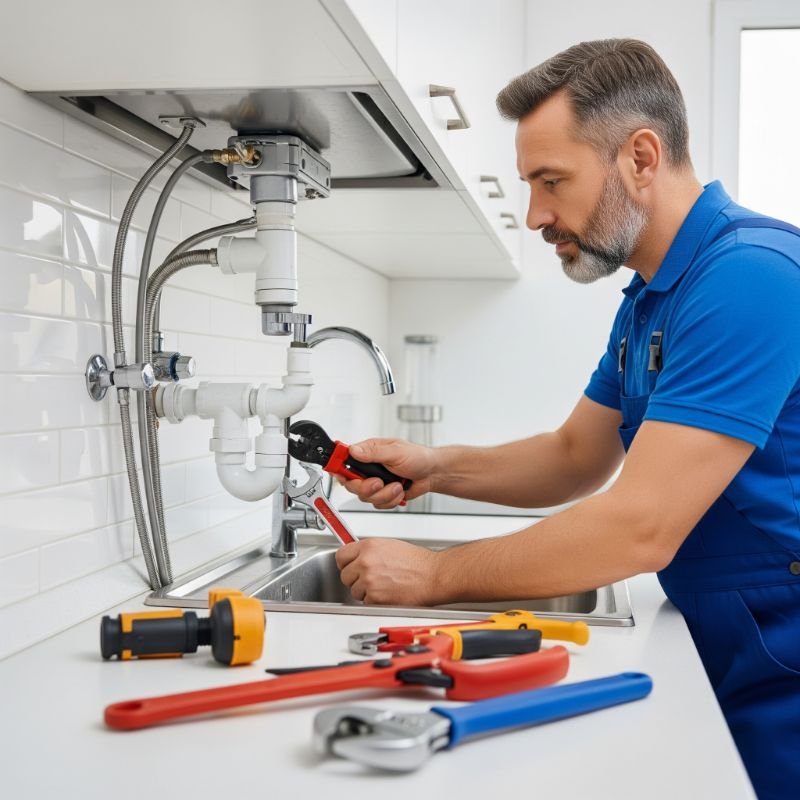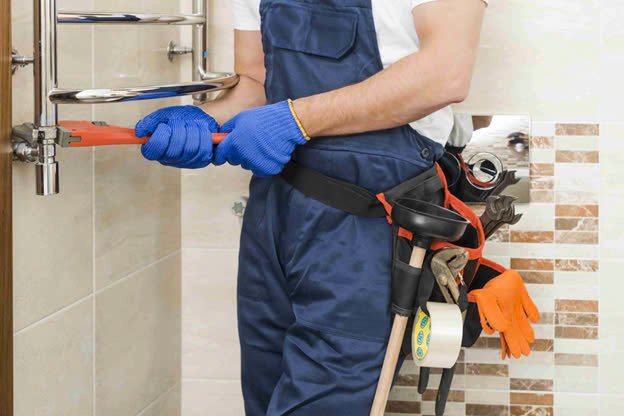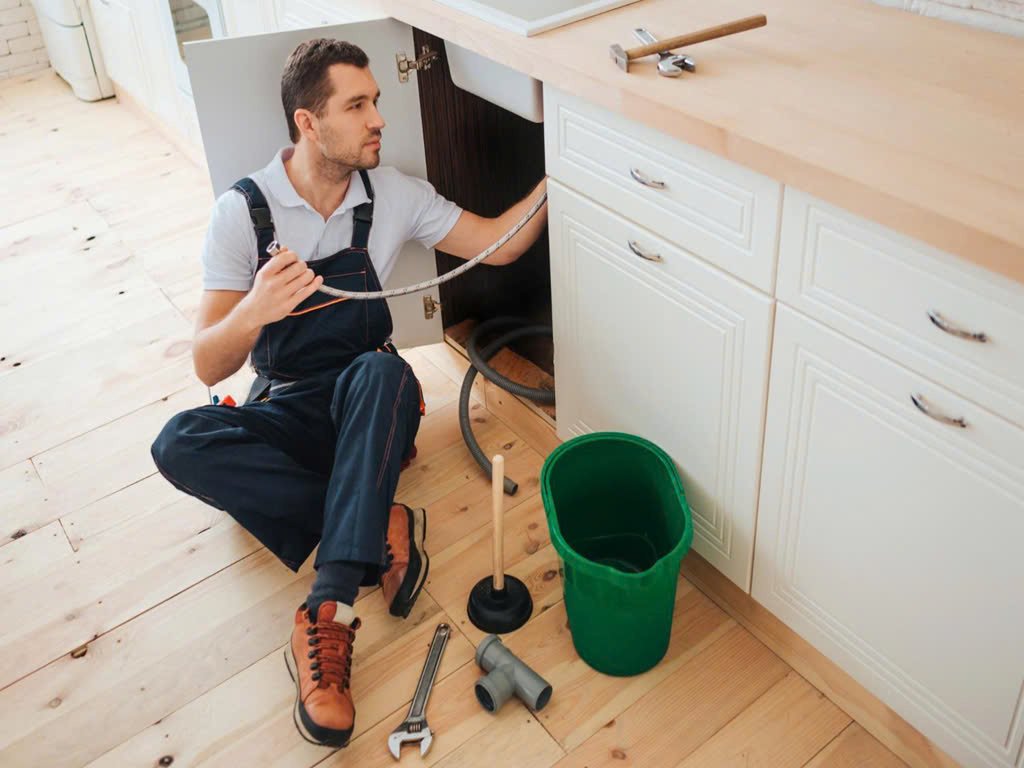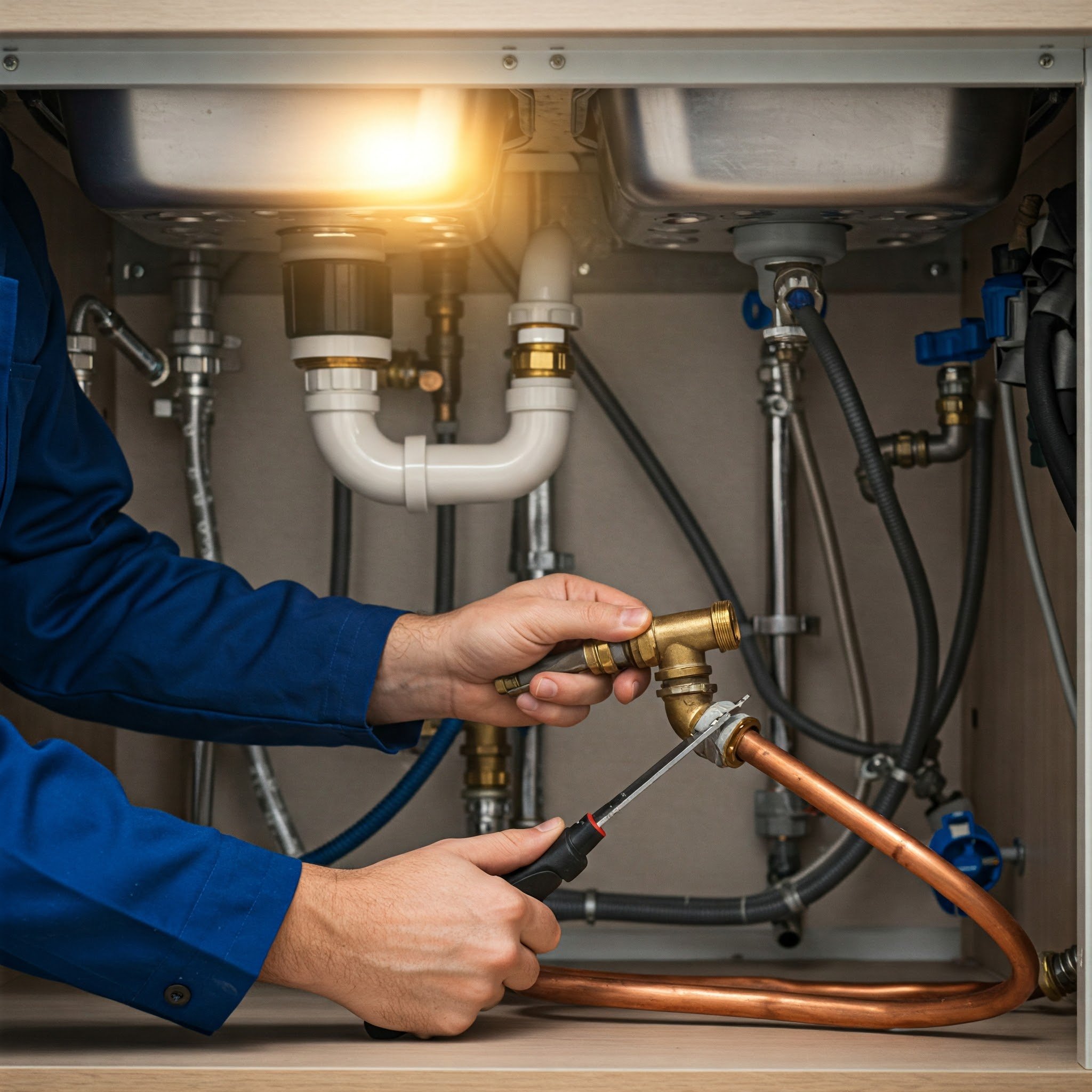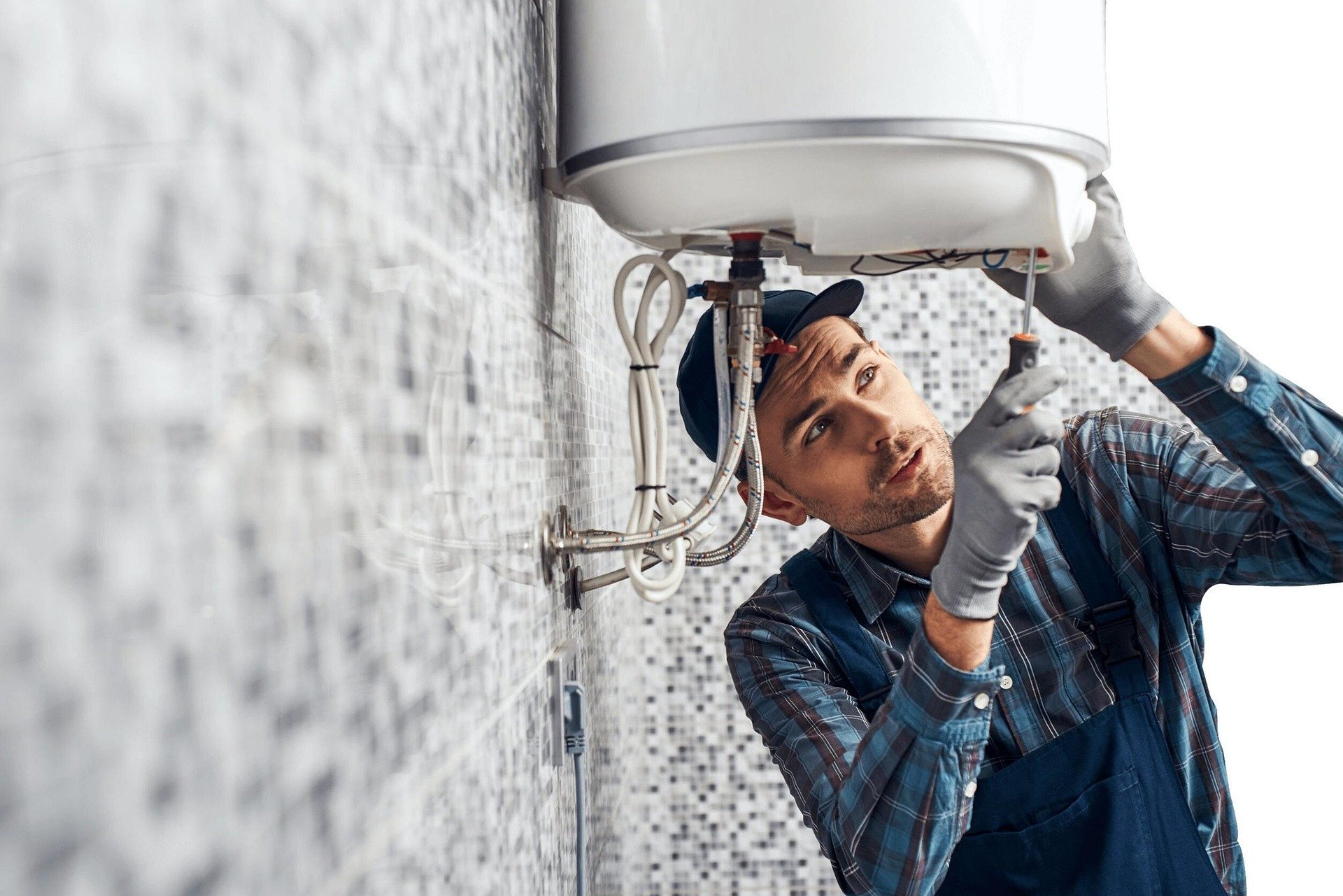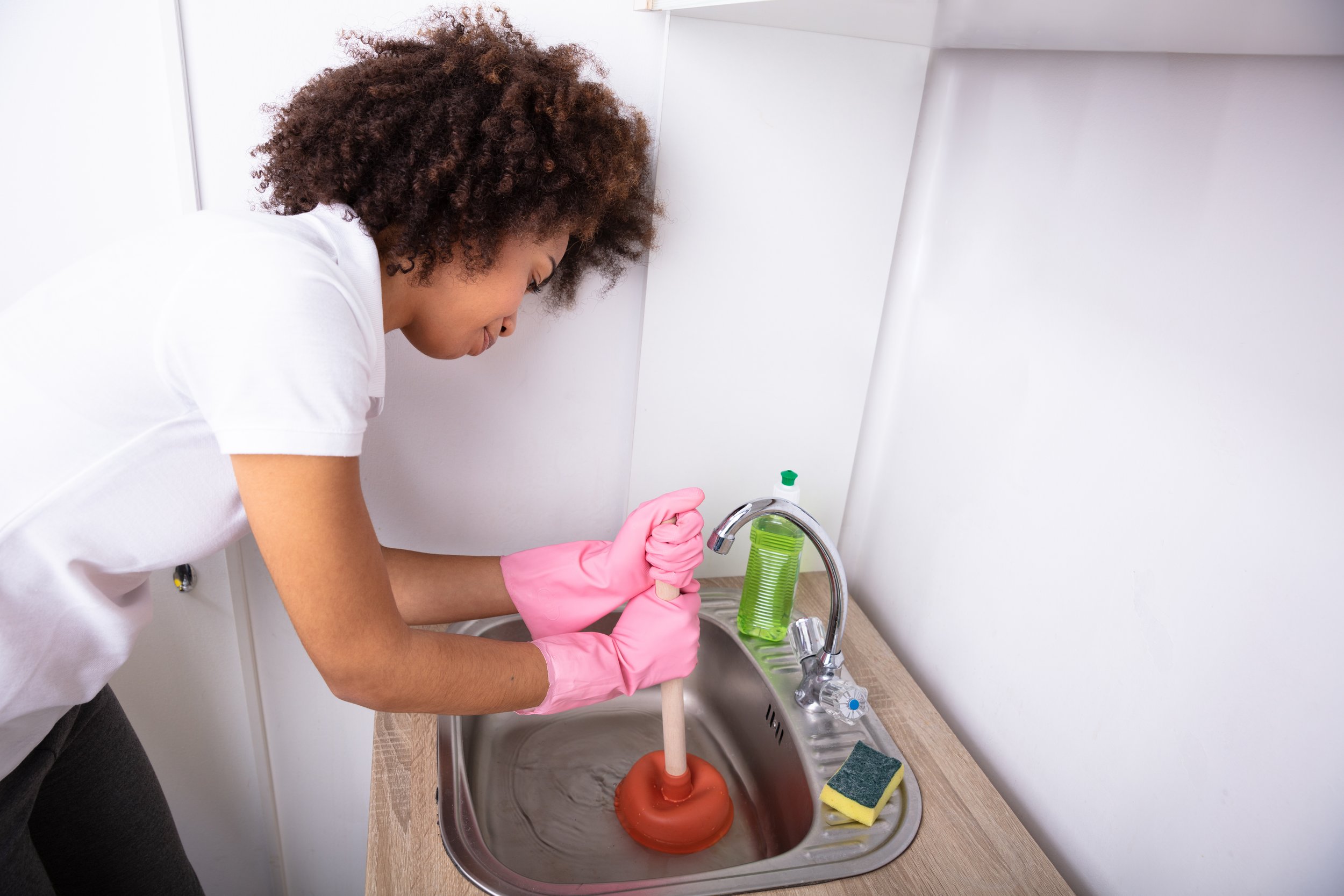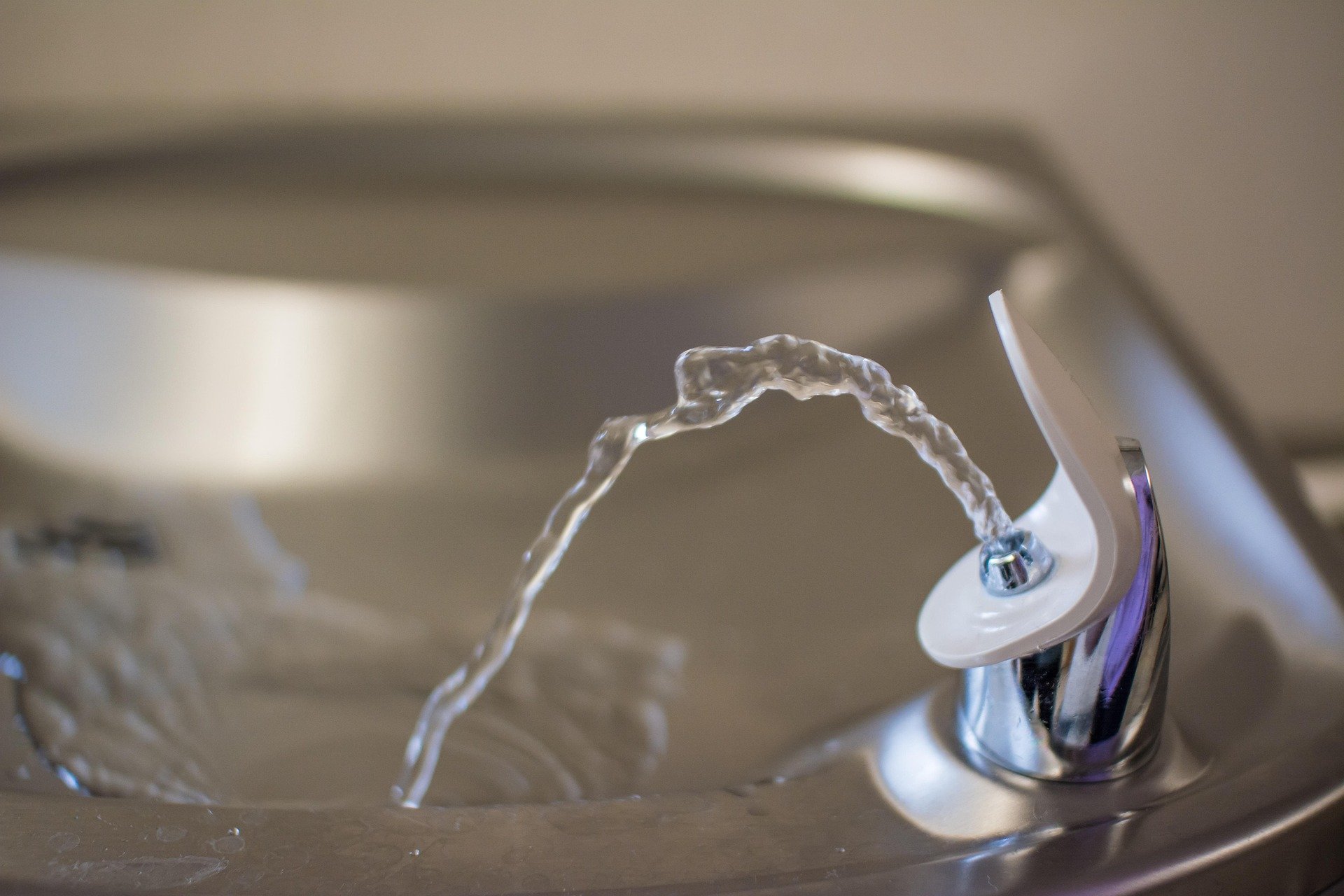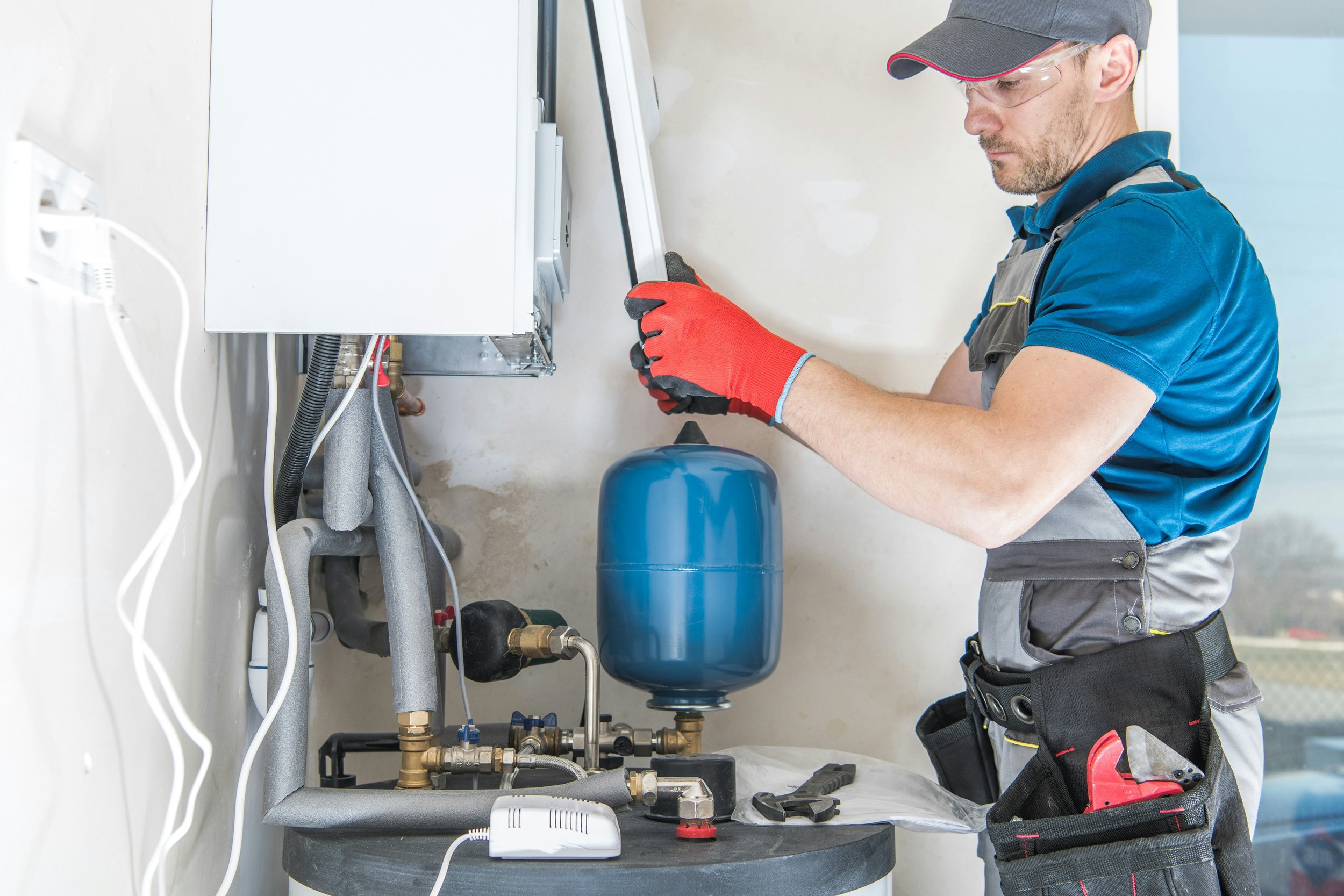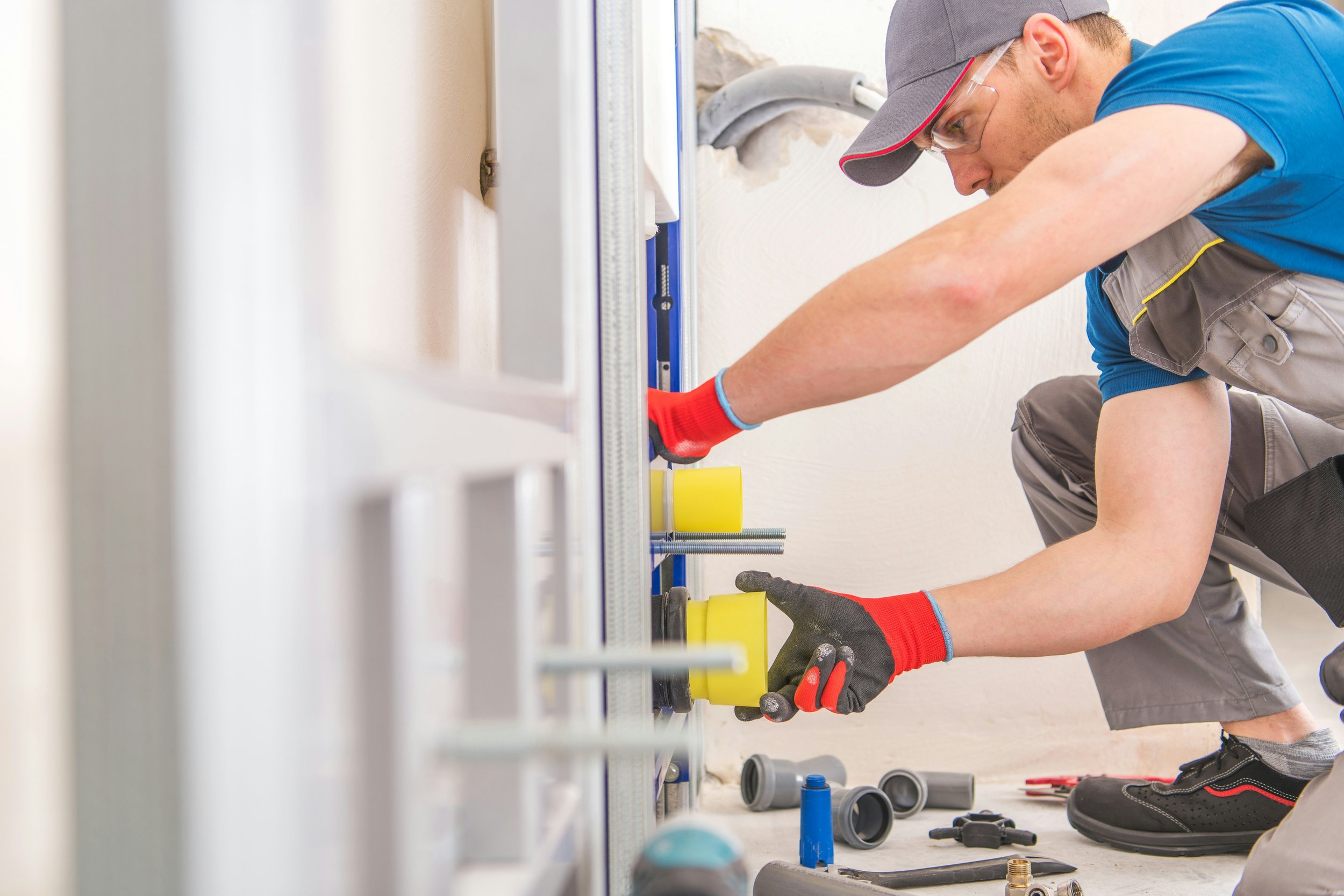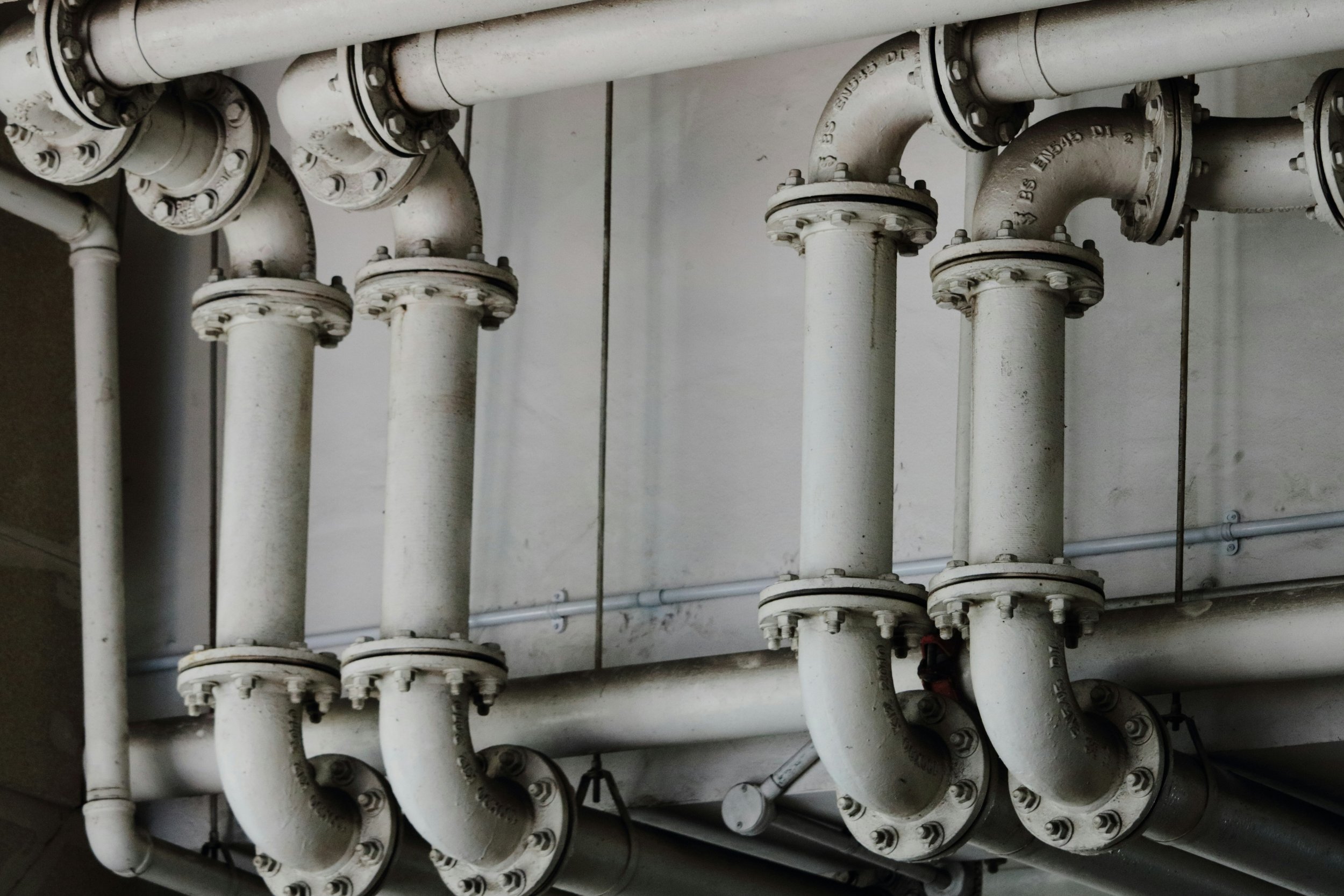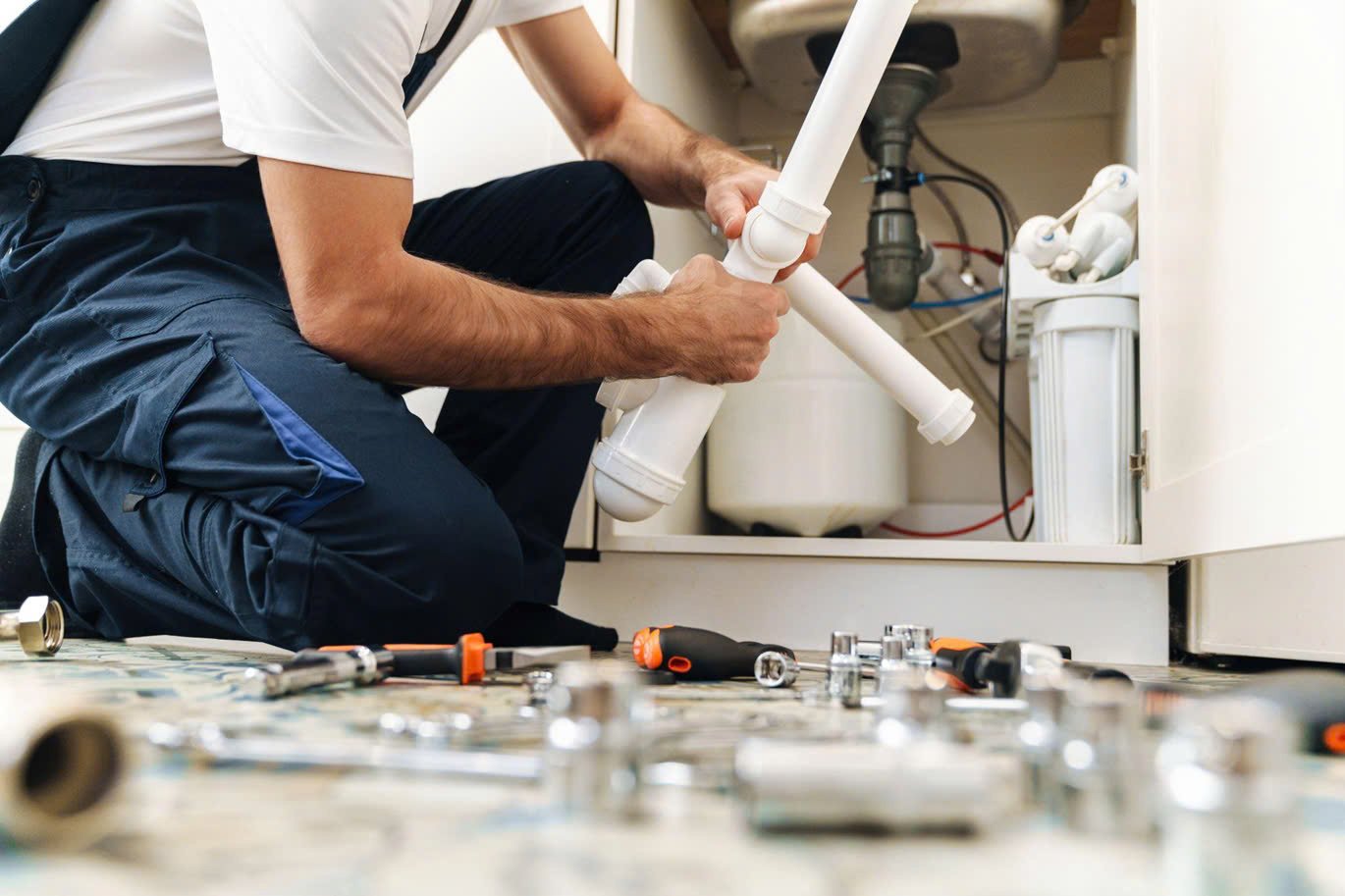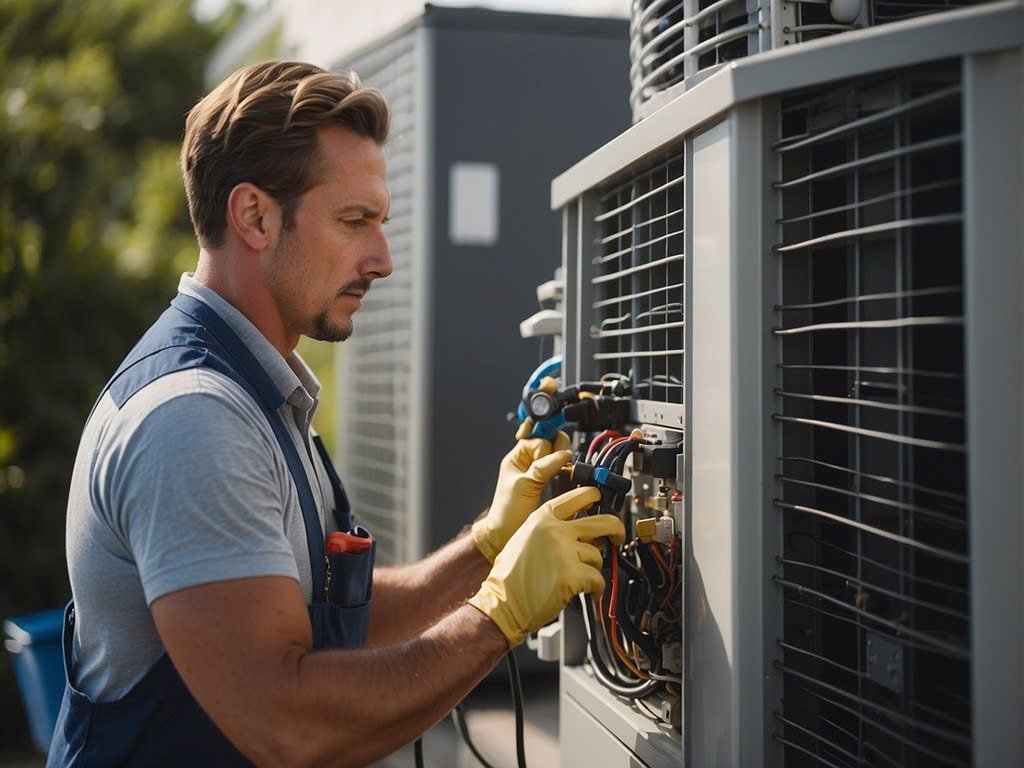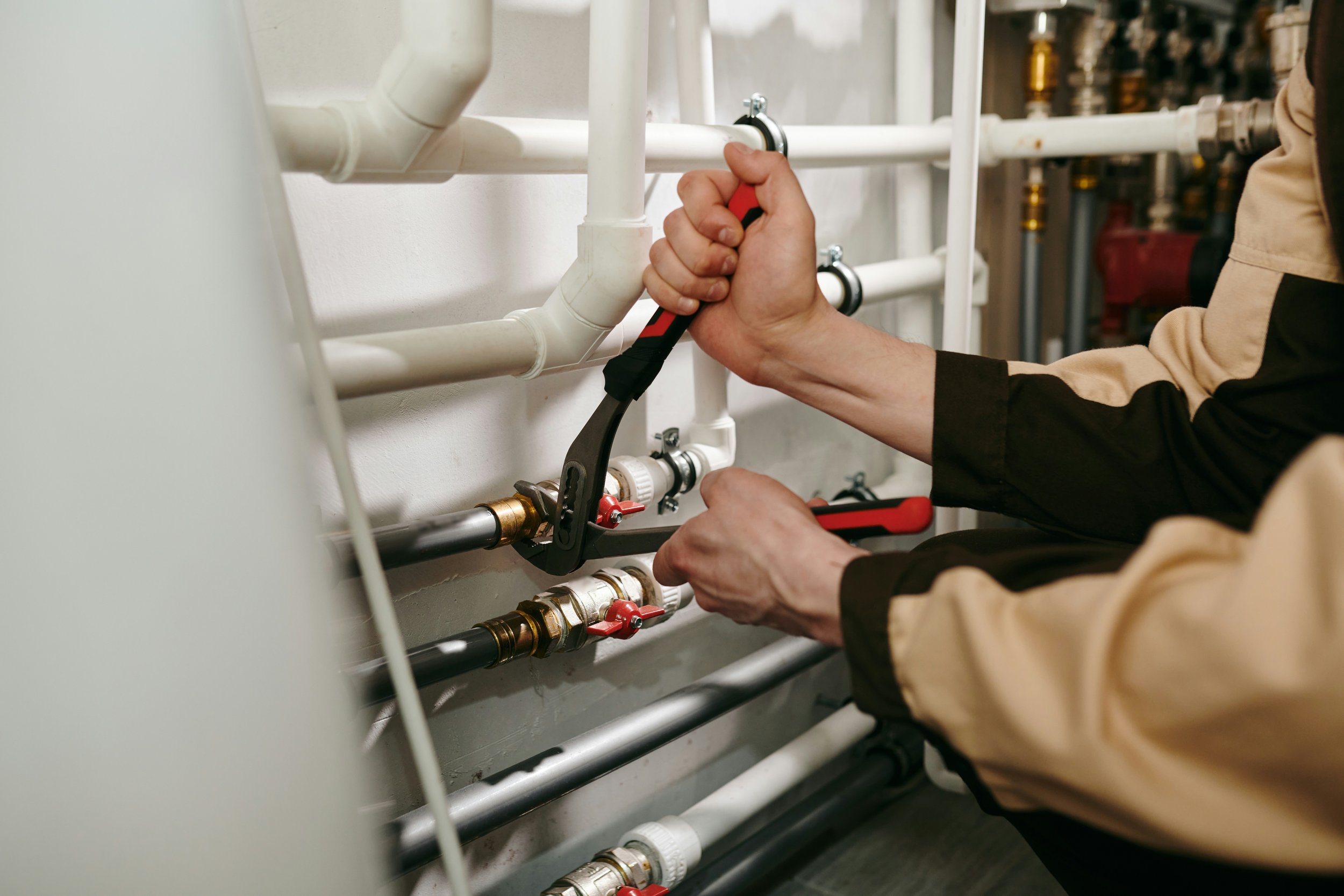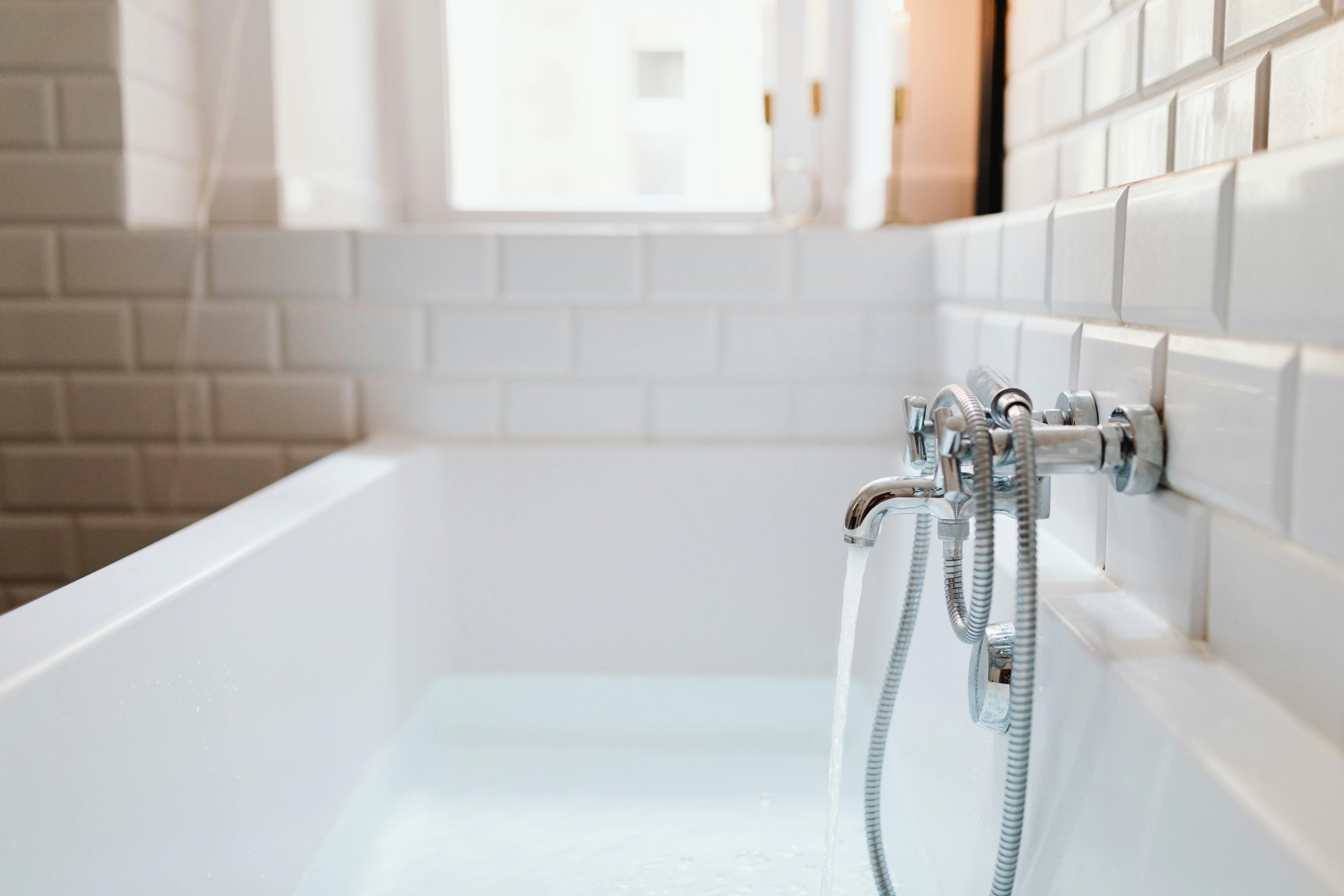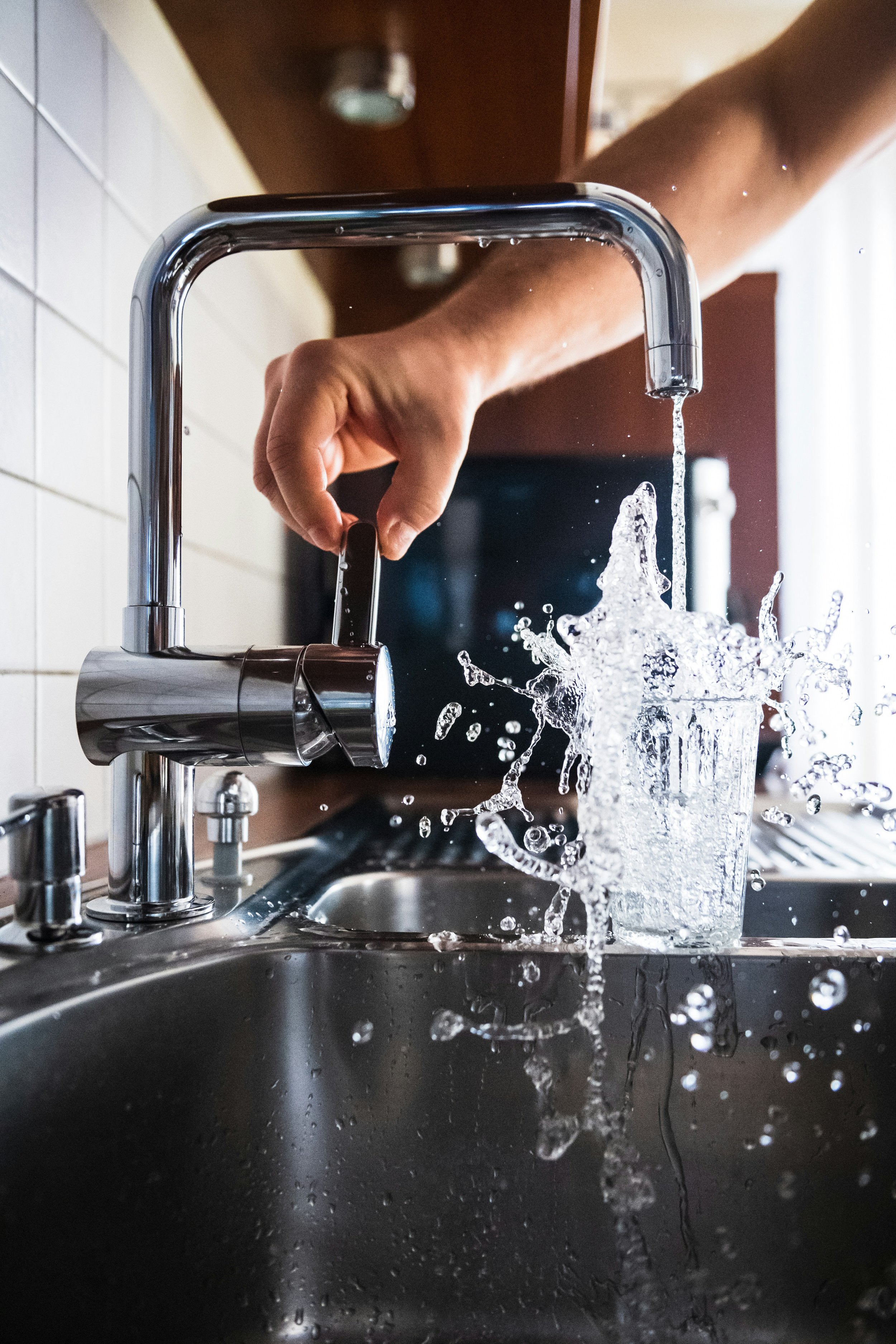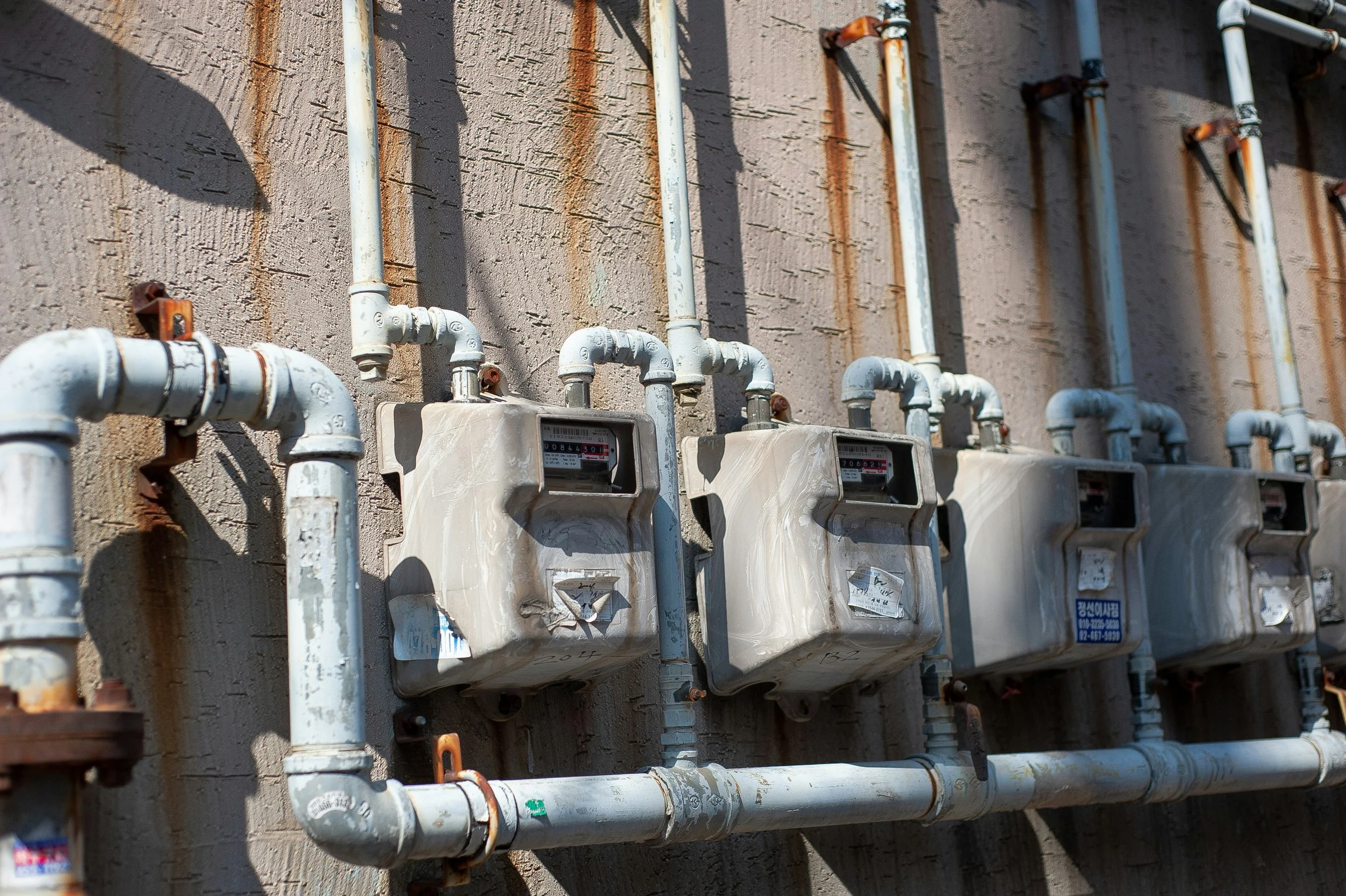Fast Fixes And Long-Term Solutions For Home Plumbing
Learn effective plumbing fixes for quick relief and lasting results. Discover expert tips to keep your home’s plumbing system running smoothly.
Plumbing problems can disrupt daily life, cause property damage, and lead to costly repairs if left untreated. From dripping faucets to hidden leaks, addressing issues promptly ensures the home’s systems remain functional and efficient. While quick fixes can provide temporary relief, understanding when to invest in long-term solutions helps homeowners avoid repeated headaches. A balanced approach combines immediate action with proactive upgrades to keep plumbing systems reliable for years to come.
Knowing When to Call the Professionals
Some plumbing problems can be handled with basic tools and a bit of know-how, but others require expert intervention to prevent complications. Knowing when to call in experienced plumbers can save both time and money in the long run. Whether dealing with persistent leaks, sewer line issues, or complex installations, turning to O'Bryan plumbing services or similar companies ensures problems are resolved thoroughly and safely. Professional plumbers have the tools, training, and diagnostic skills needed to address underlying causes, not just surface-level symptoms.
By recognizing the difference between minor DIY repairs and situations that demand professional expertise, homeowners can act decisively before small issues escalate into major disruptions. This distinction is key to maintaining both efficiency and safety within the home’s plumbing network.
Stopping Leaks Before They Spread
Even small leaks can lead to big problems when ignored. A dripping faucet may waste gallons of water, while a hidden pipe leak can cause structural damage, mold growth, and higher utility bills. Quick fixes, such as tightening connections or replacing worn washers, often solve minor leaks. If leaks return frequently or occur in hard-to-reach places, they may signal deteriorating pipes or faulty installations that require more extensive work.
Early detection is critical. Regularly inspecting under sinks, behind appliances, and around toilets helps catch leaks before they spread. Installing leak detection devices offers an added layer of protection, alerting homeowners to moisture before visible damage appears.
Unclogging Drains Effectively
Clogged drains are among the most common plumbing issues homeowners face. Hair, grease, soap scum, and food particles accumulate, restricting water flow and causing slow drainage or backups. While plungers and drain snakes can handle minor blockages, more severe clogs may require hydro-jetting or professional cleaning to remove stubborn buildup deep within the pipes.
Preventative habits go a long way in reducing clogs. Using drain covers, avoiding pouring grease down the sink, and running hot water after using the kitchen sink help maintain clear pipes. Addressing small clogs early prevents them from developing into larger, more expensive problems.
Fixing Running Toilets for Efficiency
A constantly running toilet wastes water and increases utility bills. In many cases, the problem lies with a faulty flapper, misaligned float, or deteriorated seal. These components can be replaced quickly and affordably, restoring the toilet’s efficiency within minutes. More complex issues, such as problems with the fill valve or supply line, may require professional attention.
Checking toilets regularly for running water can save significant amounts of water each month. Addressing these problems promptly conserves resources and prevents potential flooding if a malfunction escalates.
Addressing Low Water Pressure
Low water pressure can make daily tasks frustrating and may indicate deeper issues within the plumbing system. Sediment buildup in pipes, partially closed shut-off valves, or leaks in the supply line can all contribute to reduced pressure. Cleaning aerators and showerheads often resolves minor problems, but persistent pressure issues might signal corroded pipes or hidden leaks that need professional evaluation.
Upgrading old plumbing or replacing clogged fixtures provides a more permanent solution. Restoring proper water pressure improves household comfort and appliance performance.
Managing Water Heater Problems
Water heaters play a central role in daily routines, from hot showers to clean dishes. Common issues include insufficient hot water, strange noises, or leaks around the tank. Flushing the tank annually removes sediment buildup, improving efficiency and extending the unit’s lifespan. Replacing worn heating elements or thermostats can address temperature fluctuations.
For older water heaters nearing the end of their lifespan, upgrading to a newer, energy-efficient model provides long-term reliability and cost savings. Regular inspections help catch problems early, preventing sudden breakdowns that disrupt daily life.
Preventing Frozen Pipes in Cold Weather
In colder climates, frozen pipes pose a serious risk of bursting, leading to extensive water damage. Insulating exposed pipes in basements, crawl spaces, and attics prevents freezing during cold snaps. Opening cabinet doors to let warm air circulate pipes and allowing faucets to drip slightly during extremely cold nights can keep water moving, reducing the risk of freezing.
Installing pipe insulation or heat tape offers additional protection. Taking these precautions before winter sets in ensures the plumbing system remains functional throughout the season.
Replacing Aging Fixtures and Pipes
Older homes often contain outdated plumbing materials such as galvanized steel or cast iron, which can corrode and develop leaks. Replacing aging pipes with modern materials like copper or PEX improves water quality, reduces the risk of leaks, and enhances system performance. Upgrading fixtures such as faucets, toilets, and showerheads boosts efficiency while giving the home a refreshed look.
Investing in replacements before failures occur prevents emergencies and ensures the plumbing system continues to meet household needs reliably.
Installing Preventative Systems
Modern technology offers several tools for preventing plumbing issues before they arise. Leak detectors, smart water shutoff valves, and pressure regulators help homeowners monitor and control their systems more effectively. These devices can detect irregularities, send alerts, and even shut off water automatically in the event of a major leak.
Installing preventative systems reduces the likelihood of extensive damage and provides peace of mind for homeowners who travel frequently or own multiple properties.
Planning Long-Term Maintenance Strategies
While quick fixes address immediate concerns, long-term maintenance ensures that plumbing systems remain efficient and durable. Scheduling annual inspections allows professionals to detect small issues before they escalate. Regular drain cleaning, water heater servicing, and pipe inspections keep the system running smoothly.
Documenting maintenance schedules and repairs creates a clear history that can be invaluable during home sales or renovations. Consistent upkeep extends the lifespan of plumbing infrastructure and reduces the likelihood of costly emergencies.
Balancing Quick Fixes With Strategic Upgrades
The most effective approach to plumbing involves balancing immediate repairs with planned upgrades. Quick fixes handle minor issues on the spot, preventing disruptions. Strategic investments, such as replacing outdated systems or installing preventative technologies, provide lasting value. By addressing both short-term and long-term needs, homeowners maintain comfort, efficiency, and peace of mind.
Collaborating with trusted professionals helps determine which solutions are best suited to each situation. This partnership ensures that both immediate concerns and future goals are met effectively.
Home plumbing issues range from simple inconveniences to serious structural threats. Addressing problems quickly prevents escalation, while long-term solutions secure reliable performance for years to come. By combining fast fixes with proactive maintenance and thoughtful upgrades, homeowners can protect their property, conserve resources, and maintain a comfortable living environment. Taking a strategic approach to plumbing today avoids costly surprises tomorrow.
